
The alternator is used to convert rotational energy from the car’s engine into electrical power. This recharges the battery, ensuring that there is always enough current to run your vehicle’s electric circuits. Due to the large amounts of stress and friction on this part, it can go wrong or fail every 60,000 – 100,000 miles, requiring you to either visit a repair garage or replace the part yourself. This is one of the more simple tasks you can perform easily at your own property.


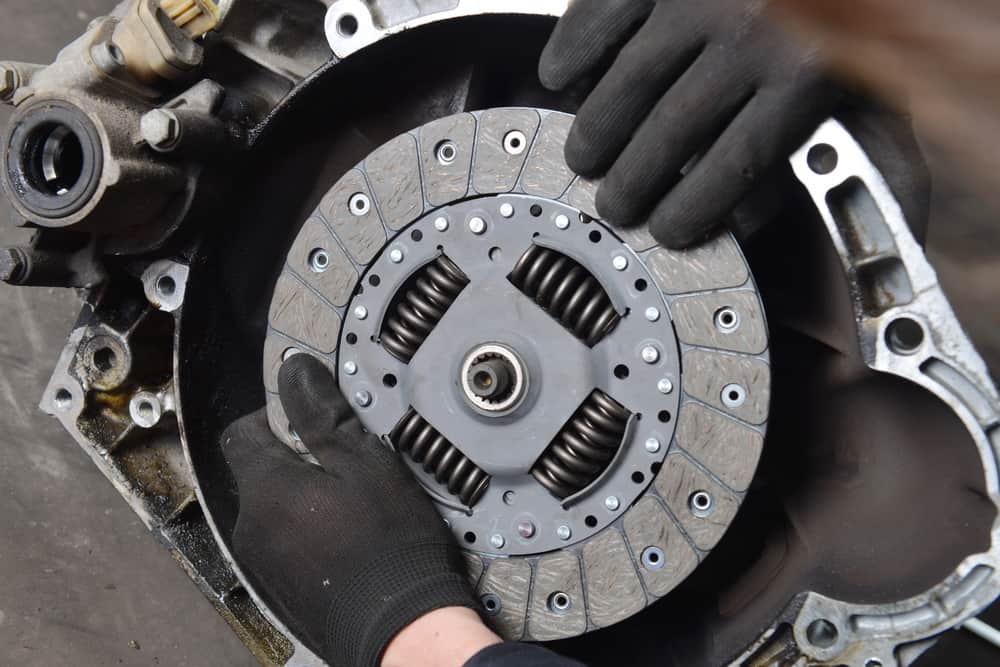 There are many tell-tale signs that
There are many tell-tale signs that 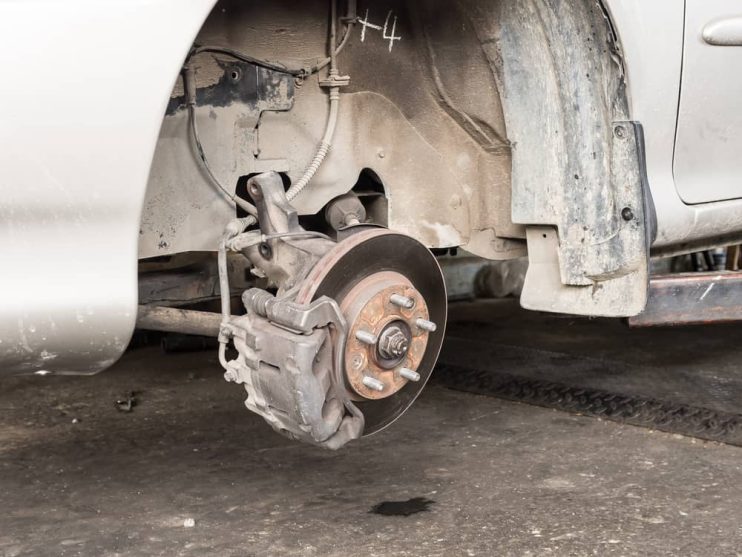
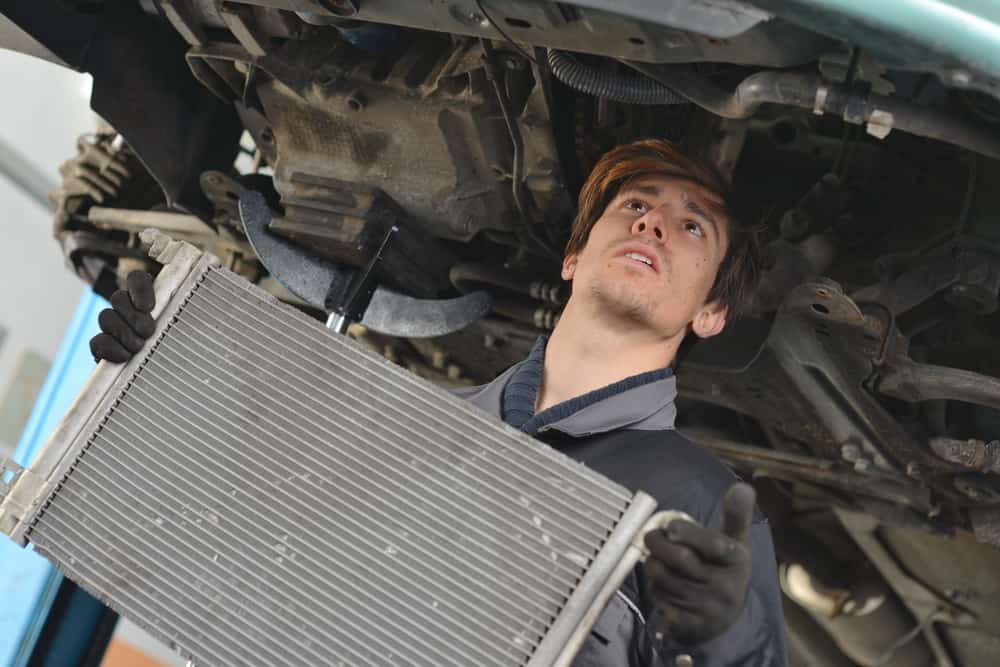 Your car’s radiator keeps the
Your car’s radiator keeps the  The
The 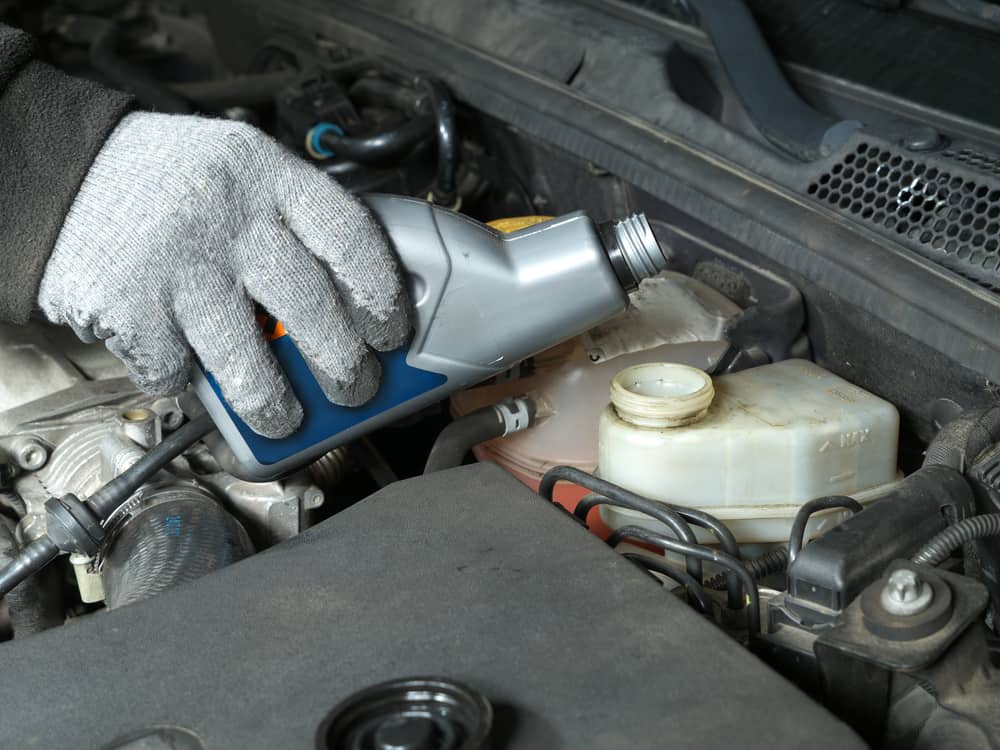
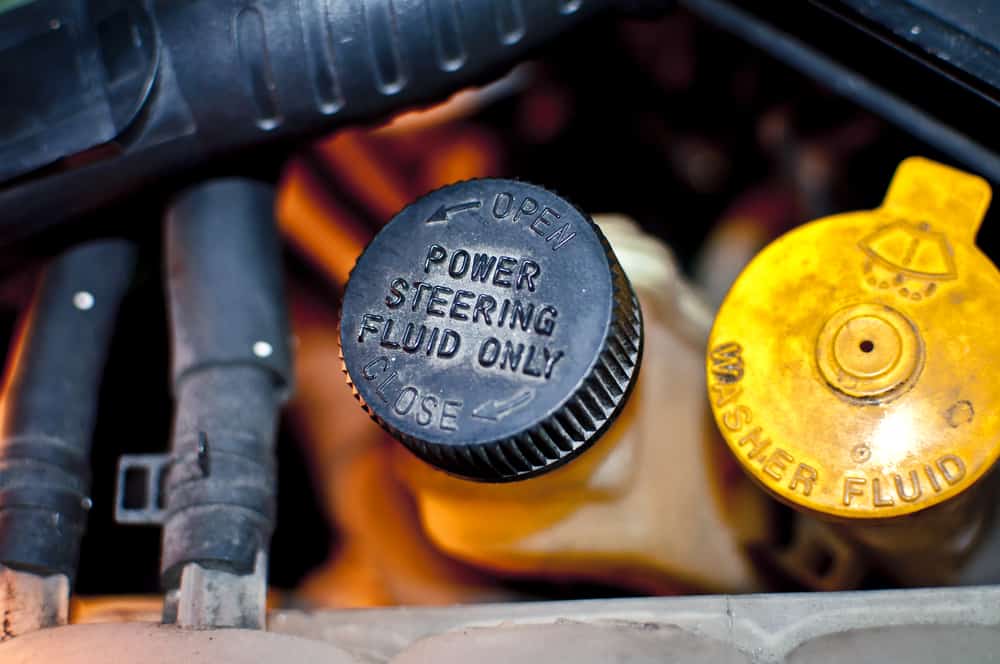 Power steering aids drivers by providing a level of power and support to the steering process, augmenting the effort supplied by the driver. This is usually automated via a system of hydraulics that uses a
Power steering aids drivers by providing a level of power and support to the steering process, augmenting the effort supplied by the driver. This is usually automated via a system of hydraulics that uses a 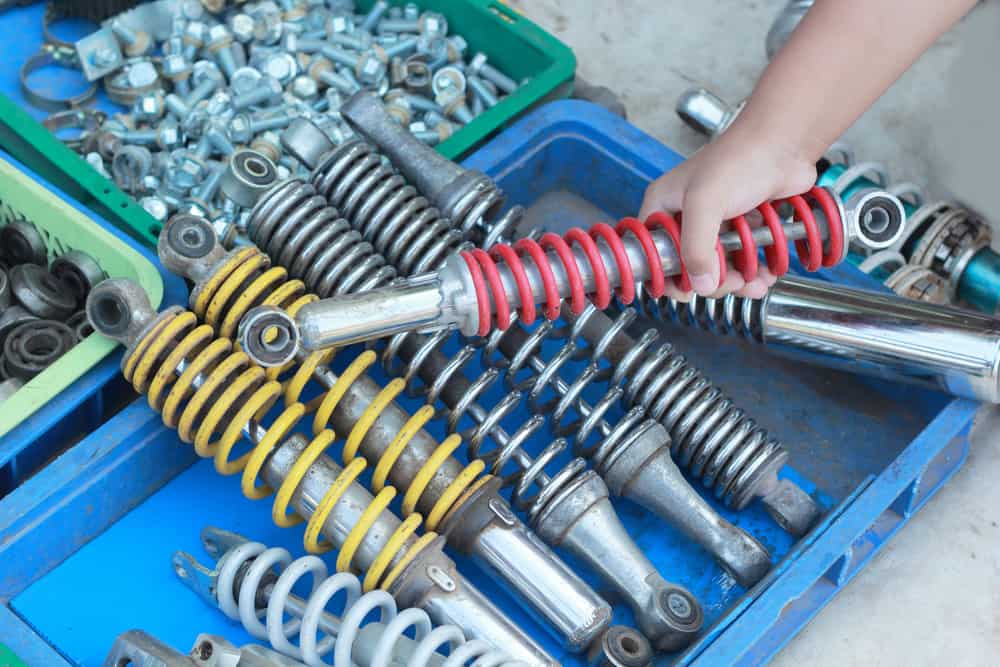 Shock absorbers form an essential part of your car’s suspension system. They are mechanical devices that are used to smooth out bumps and impacts from the road surface that could affect you and your passengers. They work by converting the kinetic energy generated from the movement of the
Shock absorbers form an essential part of your car’s suspension system. They are mechanical devices that are used to smooth out bumps and impacts from the road surface that could affect you and your passengers. They work by converting the kinetic energy generated from the movement of the .png)